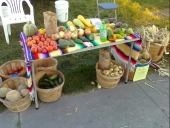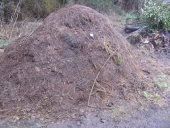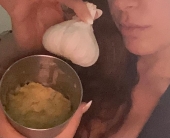








 Best wishes to you on your new adventure!
Best wishes to you on your new adventure!Action Helps...One Soul with Courage is a Majority. Success is a Journey, not a Destination See the Reaching! A Pessimist Sees the Difficulty in Every Opportunity...an Optimist Sees the Opportunity in Every Difficulty! -Whispers of Eden












Brenda
Bloom where you are planted.
http://restfultrailsfoodforestgarden.blogspot.com/










Action Helps...One Soul with Courage is a Majority. Success is a Journey, not a Destination See the Reaching! A Pessimist Sees the Difficulty in Every Opportunity...an Optimist Sees the Opportunity in Every Difficulty! -Whispers of Eden
 1
1














Action Helps...One Soul with Courage is a Majority. Success is a Journey, not a Destination See the Reaching! A Pessimist Sees the Difficulty in Every Opportunity...an Optimist Sees the Opportunity in Every Difficulty! -Whispers of Eden














Action Helps...One Soul with Courage is a Majority. Success is a Journey, not a Destination See the Reaching! A Pessimist Sees the Difficulty in Every Opportunity...an Optimist Sees the Opportunity in Every Difficulty! -Whispers of Eden
















Sean Banks wrote:1. Put up a deer fence....deer a huge threat to food forests
*Get as large of a deer fence as you can afford
Marianne
check us out @ www.cricketscove.net









| I agree. Here's the link: http://stoves2.com |




